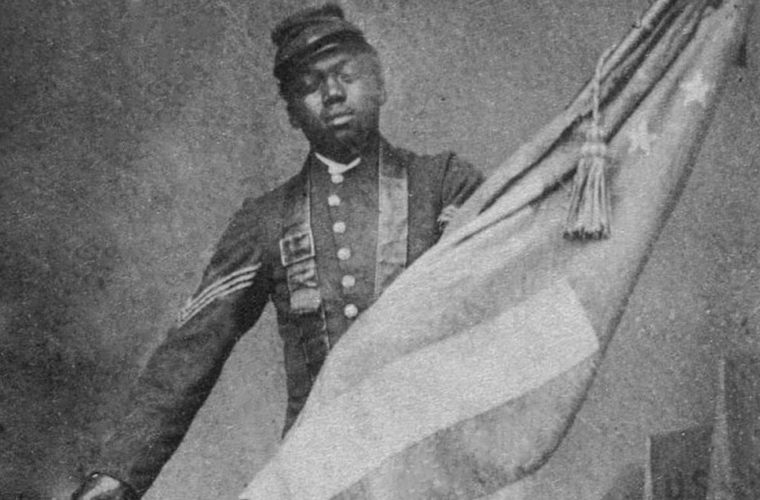During the month of February, we pay tribute to historic contributions made by African Americans. Throughout the history of the United States, racism and segregation were motivating factors for not properly recognizing worthy people for the merits they deserved. To this day, medals of valor are upgraded or reviewed, giving proper credit that was overlooked at the time they were presented.
Last year at Coffee or Die, we honored the 2nd Ranger Company and their battles during the Korean War; Odessa Madre, a flamboyant gangster from Washington, D.C. who earned the nom de guerre “Lady Al Capone”; and the notorious Harlem Hellfighters, a member of which appears on this very list. Only one African American, Robert Augustus Sweeney, received the Medal of Honor twice, and both were for life-saving actions during peacetime.
It’s worth noting that no black service members were awarded the MOH during or immediately after World War II. In 1997, President Bill Clinton upgraded seven Distinguished Service Cross awards to the Medal of Honor. Medals were awarded to two U.S. Army veterans from the all-black 24th Infantry Regiment, 25th Infantry Division during the Korean War, and the first black U.S. Marine earned the distinction during the Vietnam War. In total, there are 89 names on this distinguished list.
AMERICAN CIVIL WAR
Landsman Aaron Anderson, U.S. Navy
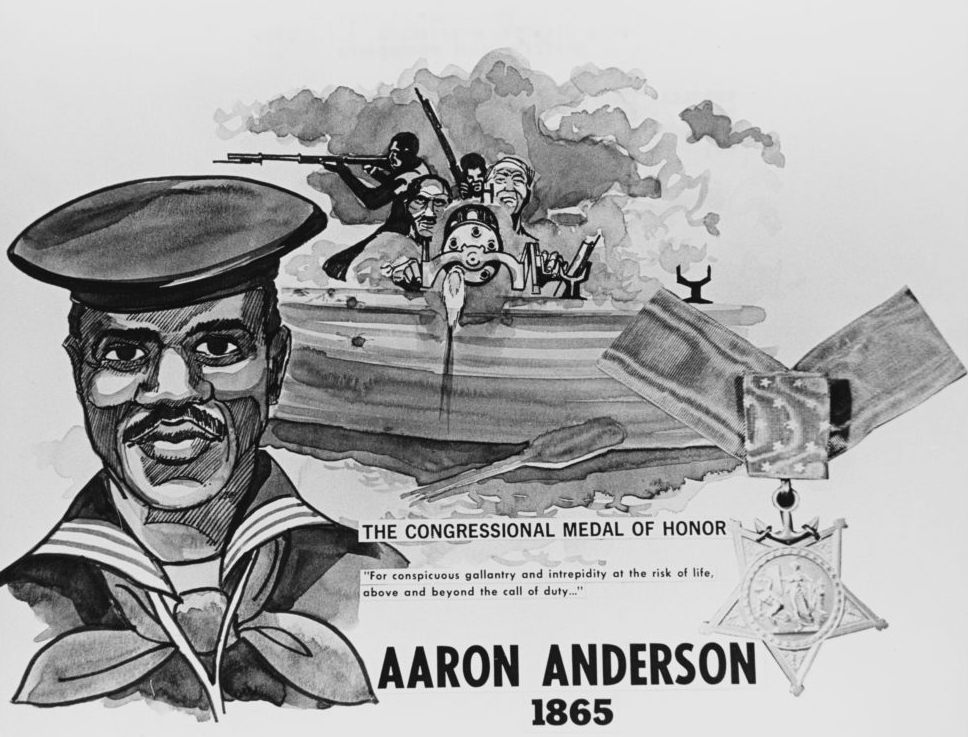
Aaron Anderson’s name was written as Aaron Sanderson on the USS Wyandank manifest. He served as a landsman, and at 49 years old was credited with the heroic actions of “carrying out his duties courageously in the face of a devastating fire which cut away half the oars, pierced the launch in many places, and cut the barrel off a musket being fired at the enemy.” For his actions during a boat expedition up Mattox Creek on the Maryland side of the Potomac River, he was awarded the MOH on March 17, 1865.
Private Bruce Anderson, U.S. Army
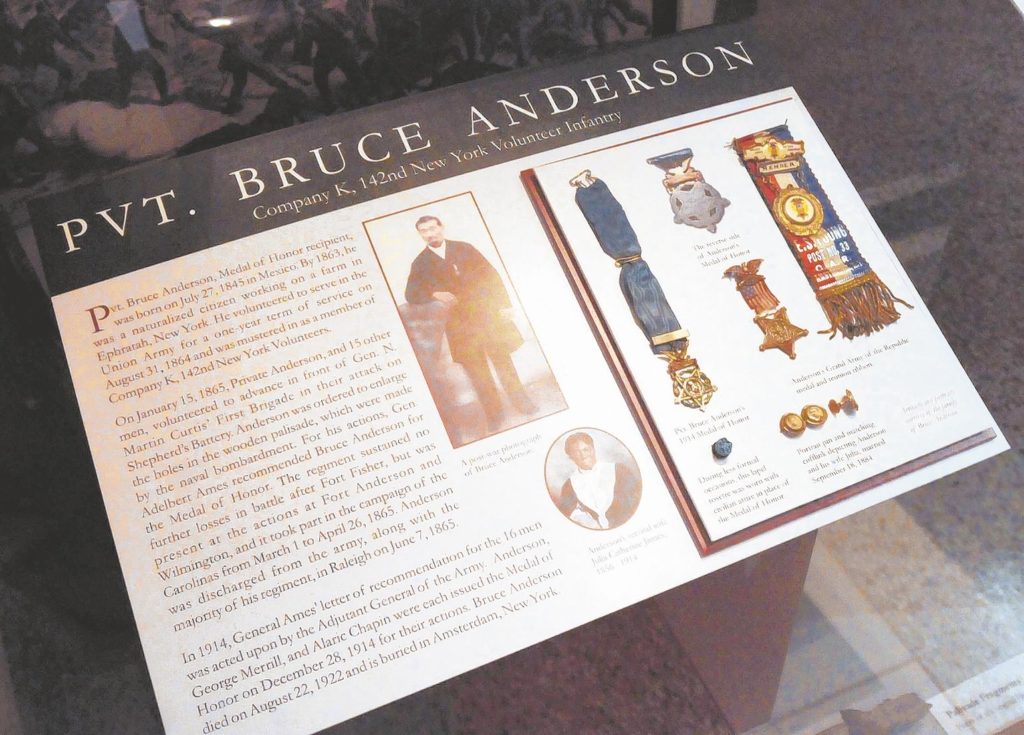
Bruce Anderson was born in Mexico on July 27, 1845. He immigrated to New York, where he worked on a farm, before volunteering to serve in the Union Army. He served with Company K, 142nd New York Volunteers, and on Jan. 15, 1865, he was a part of a 15-man advanced element responsible for clearing wooden palisades in front of Shepherd’s Battery. The all-volunteer force carried axes and equipment for the job while Confederate snipers suppressed with direct fire.
Anderson and 12 others cleared the way for Brigadier General N. Martin Curtis’ brigade, the main assault force on Fort Fisher. Major General Adelbert Ames recommended all 12 soldiers for the Medal of Honor, but the report was lost. Anderson and two others from the daring mission received the highest military honor 49 years later.
Sergeant William H. Barnes, U.S. Army
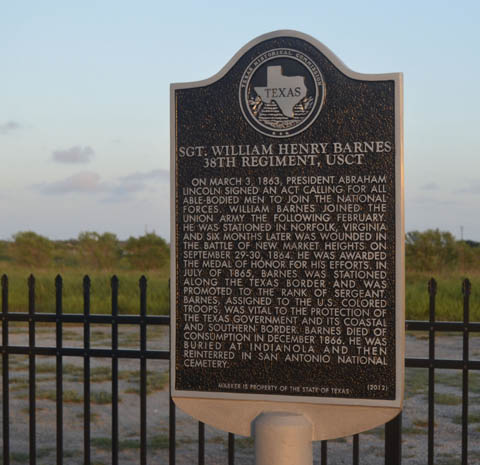
During the Civil War, unlike other U.S. wars, Americans received the MOH for heroism in fighting against other Americans. Private William H. Barnes, a 23-year-old farmer from Maryland, enlisted in the Union Army in 1864. Barnes served in the 38th U.S. Colored Troops (USCT) and led a historic charge in Virginia during The Battle of New Market Heights (Battle of Chaffin’s Farm), the first major battle led by African-American troops. Alongside the 4th, 5th, 6th, and 36th USCT, his regiment assaulted five infantry regiments of Confederates.
Sergeant Major Christian Fleetwood, another Medal of Honor recipient, wrote of the first wave of the assault in his diary: “It was a deadly hailstorm of bullets sweeping men down as hail-stones sweep the leaves from trees. It was very evident that there was too much work cut out for our two regiments. We struggled through two lines of abatis, a few getting through the palisades, but it was sheer madness.”
On April 6, 1865, Barnes was awarded the MOH for his role “among the first to enter enemy works, although wounded.” Remarkably, of the 16 black MOH American Civil War recipients, 14 were awarded for their roles during this major battle. General Benjamin F. Butler also awarded the Butler Medal to 200 African-American soldiers, including Barnes, for their heroism during the battle. In 2013, a historical marker was placed in the Indianola Cemetery in Texas honoring Barnes’ memory.
First Sergeant Powhatan Beaty, U.S. Army
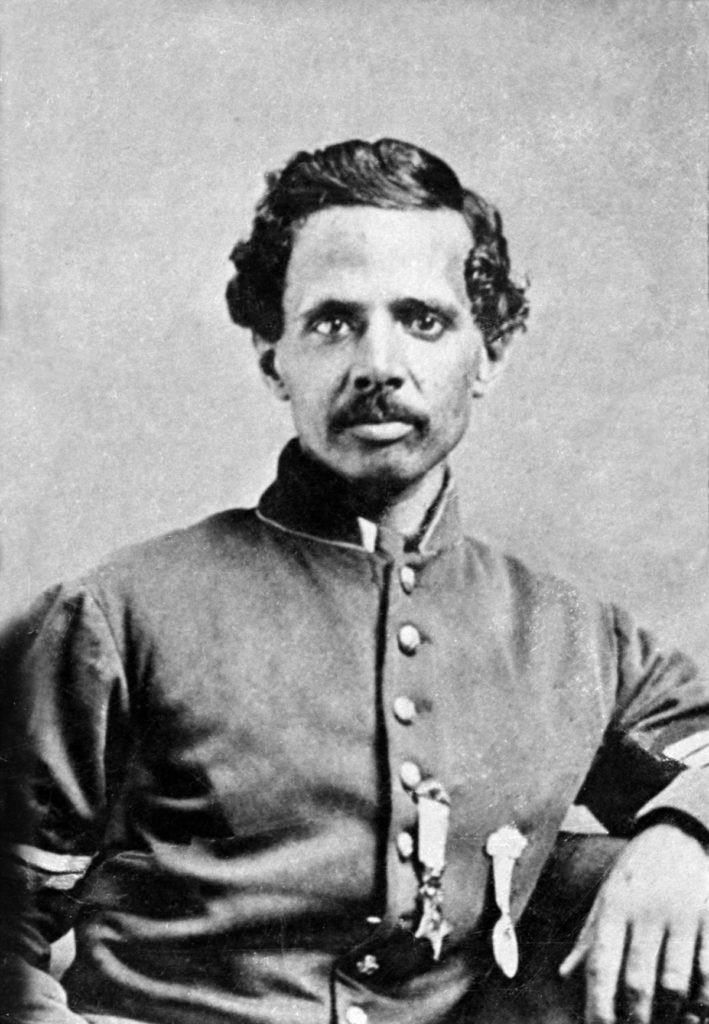
Powhatan Beaty had a name for theater, but he didn’t initially have the freedom to participate in it. His childhood in Richmond, Virginia, where he lived as a slave with little rights, was often violent. He later moved to the Cincinnati area and joined the Black Brigade, the unit responsible for digging trenches, clearing forests, building roads, and fortifying firing positions during the Battle of Chaffin’s Farm (also called Battle of New Market Heights). For 15 days of sustained manual labor, Union General Lew Wallace later commented, “When the history of Cincinnati during the past two weeks comes to be written up, it will be said that it was the spades (a then-popular derogatory term for black people) and not the guns that saved the city from attack by the Rebels.”
On Sept. 29, 1864, the Confederates eliminated several of Beaty’s men, including the flag bearer, as they retreated. Morale was low because all military officers were killed or wounded during the chaos. Beaty emboldened his troops by charging 600 yards through a hail of gunfire and explosions to recover the flag and took command of his regiment. After participating in 13 battles during the American Civil War, Beaty became a successful actor and playwright.
Seaman Robert Blake, U.S. Navy
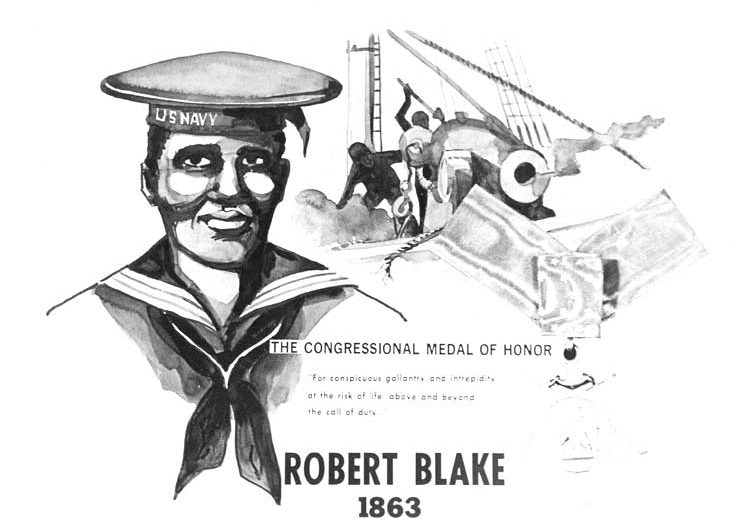
Lieutenant Commander Richard W. Meade, the commanding officer of the Marblehead, wrote in a report that “Robert Blake, contraband, excited my admiration by the cool and brave manner in which he served the rifle gun.”
First Sergeant James H. Bronson, U.S. Army
First Sergeant James H. Bronson was a Pennsylvania native who worked as a barber before he joined Company D, 5th Regiment USCT. He acted as a leader and wrote of the wounds he sustained during battle. “I was struck on the calf of the left leg by a glancing lick. I was lame for a few days pained much. I have a really large bunch of veins on my left leg and pain around my heart also numbness and weakness of the left side so much so that if I exert myself to any extent my suffering about my heart and left side are so that I fall to the ground.”
The official papers of his commendation cited that “all these gallant colored soldiers were left in [Bronson’s] command, all their company officers being killed or wounded, and led them gallantly and meritoriously through the day. For these services, they have the most honorable mention, and the commanding general will cause a special medal to be struck in honor of these gallant colored soldiers.”
Landsman William H. Brown, U.S. Navy
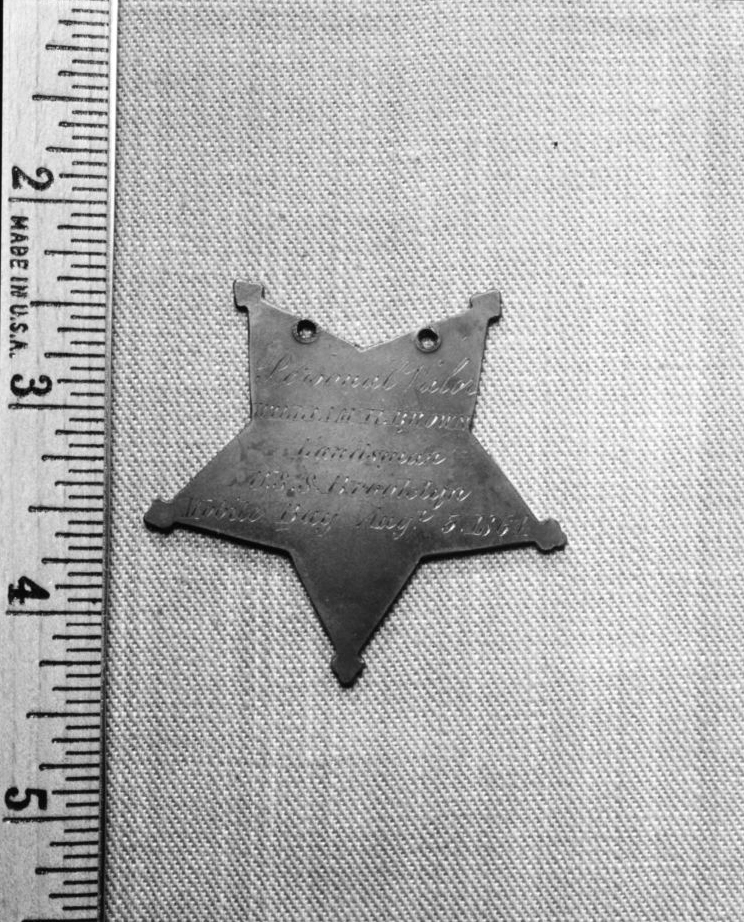
The reverse of a Medal of Honor awarded to Landsman William H. Brown, USN, for remaining steadfast at his post on board USS Brooklyn during the furious action at the Battle of Mobile Bay, Alabama, Aug. 5, 1864.William H. Brown served in the U.S. Navy as a landsman. He worked aboard the USS Brooklyn, which was part of an 18-ship Union sea convoy during the Battle of Mobile Bay on Aug. 5, 1864. While Brown worked in the powder division, he braved intense enemy shell fire that wounded or killed several sailors on two separate occasions within the vicinity of his position.
Brown risked his life to keep the cannons on the gun deck supplied with fresh gunpowder and survived the successful battle. Four months later, on Dec. 31, 1864, he was awarded the MOH.
Shellboy/Landsman Wilson Brown & Landsman John Henry Lawson, U.S. Navy
Shellboy/Landsman Wilson Brown and Landsman John Henry Lawson were both awarded the MOH for working together against unbeatable odds during the Battle of Mobile Bay on Aug. 5, 1864. They worked on a shell whip crew, the team responsible for providing the cannons on the gun deck with ammunition. After a Confederate shell hit the USS Hartford, four of their six-man crew were killed. Brown and another sailor were thrown off their feet onto the deck below. Brown and Lawson were both knocked unconscious, and another man died beside them.
Lawson regained his wits first and assumed his duties at the reloading station; Brown joined him to get their guns back into action, despite several broken ribs.
Sergeant William Harvey Carney Jr., U.S. Army
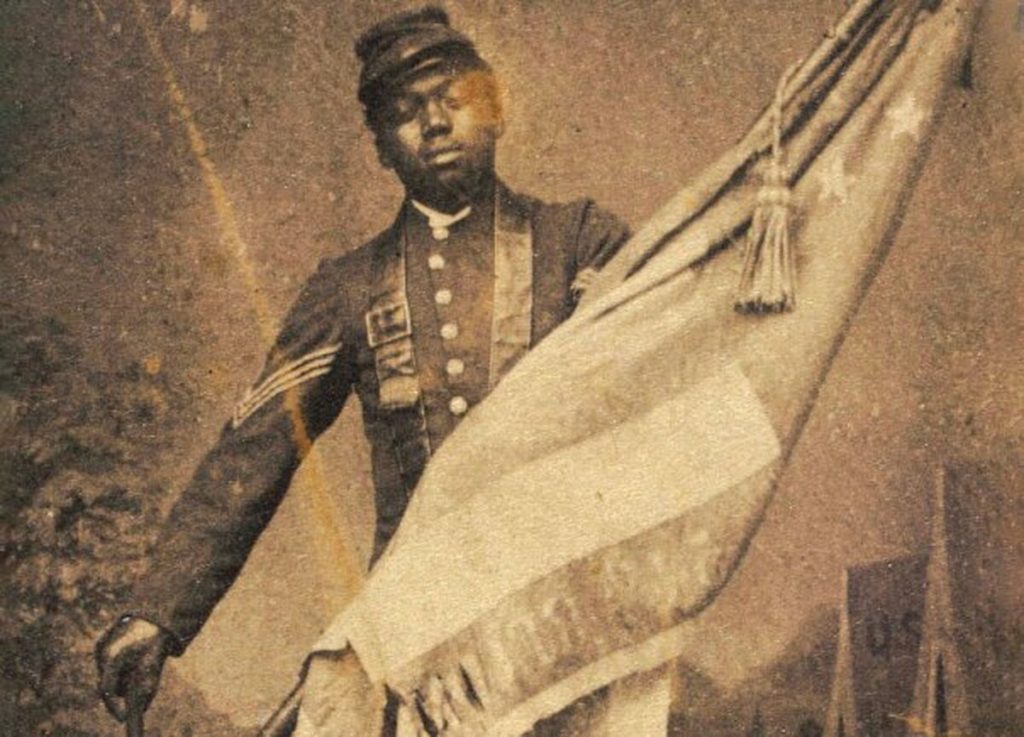
Sergeant William Harvey Carney is recognized as the first African-American MOH recipient to receive the award. Carney’s father, William, escaped from slavery in Norfolk, Virginia, by using the underground railroad and raised William Jr. in New Bedford, Massachusetts. In 1863, at 23 years old, Carney and 45 other volunteers joined a Union Massachusetts militia called the Morgan Guards, which later became Company C of the 54th Massachusetts Infantry Regiment. Except for officers and senior noncommissioned officers, the unit was an all-black corps.
During the nighttime Battle of Fort Wagner on Morris Island, South Carolina, as the 54th Massachusetts assaulted the fort guarding the entrance of the Charleston, their troop’s flag bearer was hit by musket fire and a barrage of cannon shrapnel and dropped the flag. The flag’s colors shall never touch the ground, so Carney dropped his rifle, charged at a full-out sprint, grasped the flag, and continued onward despite being completely surrounded. He then hurled himself against a low protective wall of the fort. He later wrote, “The bullet I now carry in my body came whizzing like a mosquito, and I was shot. Not being prostrated by the shot, I continued my course, yet had not gone far before I was struck by a second shot.”
A soldier from the 100th New York joined him, and they retreated to their own lines. Carney sustained two bullet holes and two grazes in the arm and on the head. “Boys, the old flag never touched the ground,” he said before collapsing and receiving medical attention.
Corporal Decatur Dorsey, U.S. Army
Corporal Decatur Dorsey served as the flag bearer for the 39th United States Colored Infantry (USCT). Before he was a soldier, he was born a slave in Maryland. He served during “The Battle of the Crater,” so-called because Union soldiers breached Confederate lines and used explosives to blast a massive crater in the earth. This tactic aided the Confederates, however, as the crater became a key location for ambushes.
On Nov. 8, 1865, during a second attack on the fort, Dorsey and his troops engaged in hand-to-hand combat, capturing over 200 Confederate prisoners and two Confederate flags. For these actions, he was awarded the MOH.
Sergeant Major Christian Fleetwood, Sergeant Alfred B. Hilton, & Private Charles Veale, U.S. Army
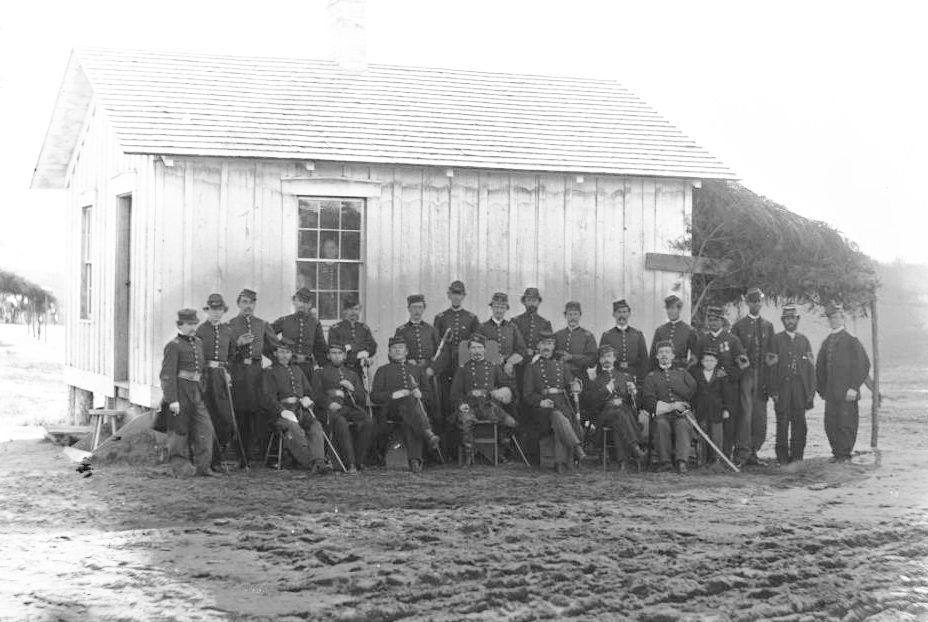
Sergeant Major Christian Fleetwood grew up in Baltimore as a free African-American and helped bring the first black-owned newspaper to South Carolina. When he entered service, he rose in rank to an NCO. During the Battle of New Market Heights (Battle of Chaffin’s Farm) on Sept. 29, 1864, Fleetwood “charged with the 6th at daylight and got used up…saved colors.” He described it as “a deadly hailstorm of bullets, sweeping men down as hailstones sweep the leaves from the trees.”
Sergeant Alfred B. Hilton also served with Fleetwood in the 4th Regiment USCT and was beside him during the battle. When he witnessed another flag bearer get hit by enemy fire, he grasped the second flag, one per hand, and encouraged his men to continue their assault. As Hilton became wounded during the fierce battle, Private Charles Veale took the regimental colors and Fleetwood took the national colors. For these dangerous but brave actions, all three were awarded Medals of Honor.
Private James Daniel Gardner & Corporal Miles James, U.S. Army
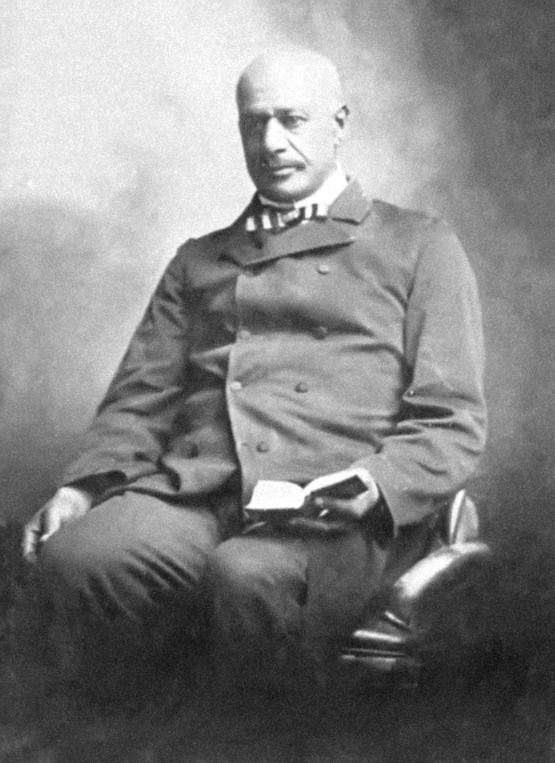
Private James Daniel Gardner and Corporal Miles James served in the same unit (36th USCT Regiment) during the same battle (Battle of Chaffin’s Farm) and were awarded for similar actions on the same day (Sept. 29, 1864). According to Gardner’s citation, he “rushed in advance of his brigade, shot a rebel officer who was on the parapet rallying his men, and then ran him through with his bayonet.”
Corporal Miles James lost his arm during the hellacious battle as the direct result of a field amputation. Remarkably, despite the loss of blood, he stood up, grabbed his pistol with his other hand, and encouraged his men to continue the assault. He was later promoted to sergeant and requested to remain in the Army. His request was approved, and he swapped his pistol for a sword. The 34-year-old received the MOH for his bravery and courage.
Sergeant James H. Harris & First Sergeant Edward Ratcliff, U.S. Army
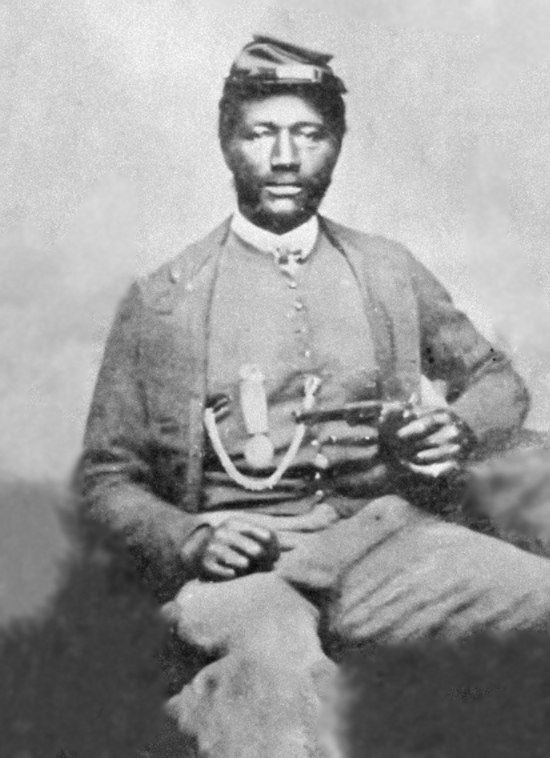
Sergeant James H. Harris and First Sergeant Edward Ratcliff served together in the 38th USCT Regiment during the Battle of Chaffin’s Farm on Sept. 29, 1864. Edward Ratcliff’s family said he left his work in a field as a slave to walk from James City County, Virginia, to Yorktown to join the Union Army. A white officer in his command was wounded by enemy fire and Ratcliff assumed command. He was joined by Harris as they became the first enlisted soldiers to enter the fort in Richmond.
Private Thomas R. Hawkins & First Sergeant Alexander Kelly, U.S. Army
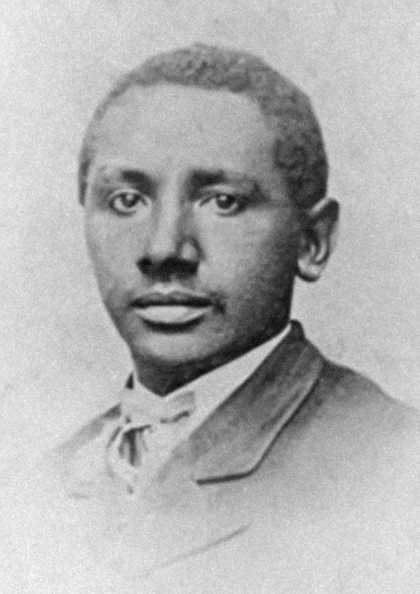
Private Thomas R. Hawkins and First Sergeant Alexander Kelly served in the same unit, the 6th USC Infantry, and performed similar actions during different battles. Hawkins’

